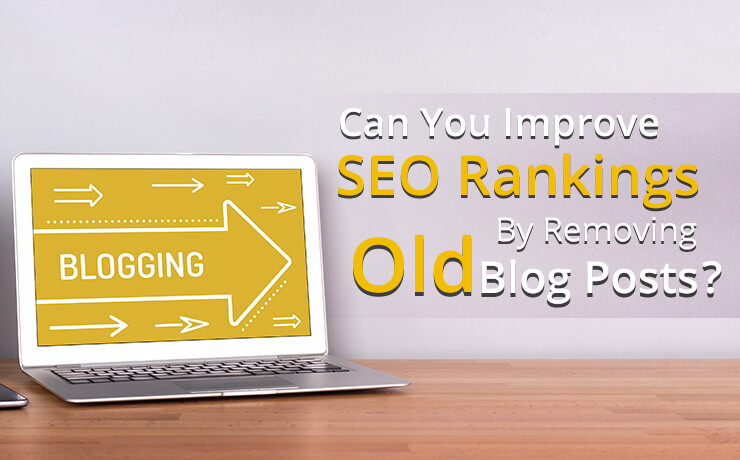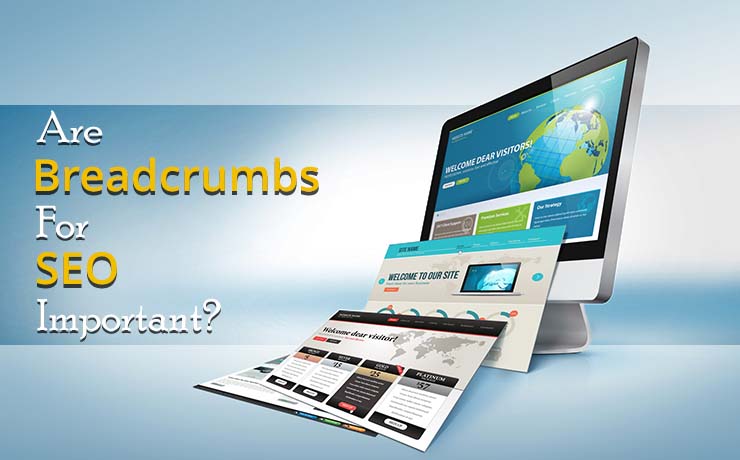Can You Improve SEO Rankings By Removing Old Blog Posts?

Chad Faith
Director of Content

Before 2011, getting Google to notice your business was quite easy. All you had to do was to feature the same keywords or phrases four or five times in an article to boost SEO rankings. For example, if you sold cars in Florida, you would want to mention automotive dealership in Florida multiple times on the page. In the past, it did not really matter what else the content was about. The way keywords were used ensured that anyone who was looking for car dealerships in said area would find your website. From there, these individuals can visit your dealership in person and even make their purchases. This system, however, did not last for long and here’s why:
Google Changed its Algorithm to Combat Keyword Abuse
The old way of using keywords quickly led to tons of abuse. Looking back at the earlier example, even companies that are not local to Florida could use the keyword to promote their dealerships. Due to this oppressive technique, potential customers had to dig further in SERPs to find content that was actually worthwhile.
In 2011, however, Google released the Google Panda update. It devalued the abuse of exact match keyword usage and changed the algorithm to a more natural form of identifying topics of content. This means that individuals who attempt to spam keywords for all over the world would be out done by real businesses that were based in those areas. In addition, Google Panda started placing content quality far ahead of other factors.
Now, does this mean you should delete all of your old (low-quality) content to improve SEO rankings? Well, it depends because there are various whys to consider.
Handling Pre-2011 Content
Unfortunately, content that has been published before 2011 isn’t going to hold much weight in today’s content standards. These articles may not contain many valuable links, which means that it’s also impossible to generate new traffic. Instead of thinking which pre-2011 content is good enough to keep, one should determine which is bad enough to remove. Below are some considerations to make:
- If the article is stuffed with keywords, have links that lead to bad sites, lack relevance, or is considered spam, it’s better that you remove it.
- If the content lacks quality backlinks (e.g., links from abandoned sites and broken domains), you should remove them because the links are not likely providing too much value.
As mentioned earlier, avoid getting too carried away while spring cleaning your content. If you have articles that are not actively breaking modern content rules, it is safe to keep them. Although they do not have any effect over your rankings, these articles (with older content) can help make your site look larger and even help Google understand what your site is about.
Handling Post-2011 Content
Now that you know what to do with pre-2011 content, below are some of the post-2011 content you might want to delete:
- Duplicate content (e.g., blog posts contain exact copies of content from external websites).
- Content that has been stuffed with links that are not relevant to the core subject matter.
- Content that’s keyword-stuffed to meet old SEO requirements.
- Content that does not provide any valuable information, content, statistics.
- Content that is short on word count (e.g., less than 1,000 words).
 Free
Consultation
Free
Consultation Free
Google Ads Audit
Free
Google Ads Audit







